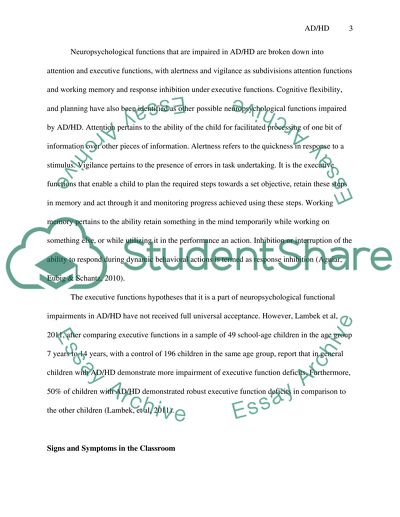Cite this document
(“Elementary School Children Attention Deficit Hyperactivity Disorder Research Paper”, n.d.)
Retrieved de https://studentshare.org/education/1444292-research-paper-on-ad-hd
Retrieved de https://studentshare.org/education/1444292-research-paper-on-ad-hd
(Elementary School Children Attention Deficit Hyperactivity Disorder Research Paper)
https://studentshare.org/education/1444292-research-paper-on-ad-hd.
https://studentshare.org/education/1444292-research-paper-on-ad-hd.
“Elementary School Children Attention Deficit Hyperactivity Disorder Research Paper”, n.d. https://studentshare.org/education/1444292-research-paper-on-ad-hd.


